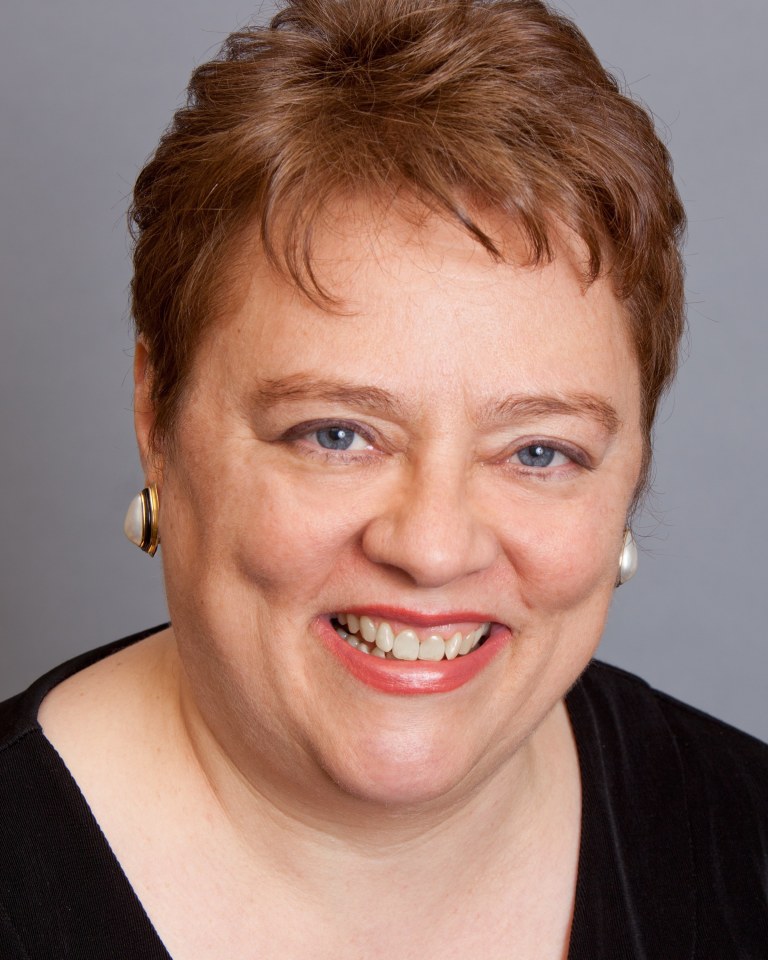
I just saw a fascinating show in Roslyn. Not a play or a movie — it was an art show in the upstairs meeting room at the Bryant Library.
Called “Embracing Risk,” it’s an exhibit of art works by six local women — Ellen Hallie Schiff, who teaches an art class, and five of her students. Almost all of the works are completely abstract.
I expected to hate it.
But I found the show oddly liberating, instead!
Abstract art always reminds me of a museum outing I went on, years ago, with a cousin who was studying Art History at Harvard. We were looking at two Rothko paintings, side by side. Each canvas consisted of two more-or-less oval blobs that appeared to be floating over a nondescript background. Only the colors of the blobs differed from one painting to the other.
My cousin pointed confidently to one of the paintings and said, “Oh, that works!” He pointed to the other and said, “That one doesn’t.”
I couldn’t see any difference. I still can’t.
But that’s not my worst experience. That came when I was a student myself, taking Professor Vincent Scully’s introductory course at Yale on Art History.
Professor Scully’s lectures were so popular that they had to find bigger and bigger auditoriums to hold them. He taught us all new ways of seeing art, architecture, cities, and life. Taking his course was the high point of many people’s time at Yale.
It was for me, too — until I got stuck on a simple writing assignment.
We each were supposed to find a piece of art in Yale’s gallery, and write two pages about it.
I cannot remember why I ended up with an abstract work by Vassily Kandinsky. It was a confused tangle of paint, one which I could not make head or tail of. I would return to it time and again, staring at it for what seemed like hours, with a feeling I only found the words for years later in a Star Trek movie: “Ah, Khan, my old enemy!”
I attempted several times to write my paper — only to find myself struck literally dumb.
The TA begged me to just put something on paper — anything! — and hand it in. Only two pages, double spaced! But I refused. I was going to beat this thing my own way, or not at all. It became a struggle — which of us would win? This painting, which refused to make sense, or me?
As it turned out, the painting won. Unable to do my assignment, I dropped the course, never to take another Art History class again.
These memories ran through my head as I walked around the room at the Bryant Library, waiting to be struck dumb again.
Instead, the bad vibes floated away.
I happened while I read the Artist’s Statement by Marceil Kazickas, whose large canvases in purples and reds dominated one corner of the room. “Everything always had to be in perfect order growing up,” she wrote. “Shoes lined up on the closet floor and clothes neatly folded in their place. It’s taken me many years to understand and embrace disorder and even chaos.”
The way Kazickas described her artistic process, it was like flinging herself into empty space and finding out — to her surprise and relief — that there was actually something there. A sort of psychic “mosh pit” of creativity.
That’s how it felt to the artist. For a viewer, or a buyer, it’s even simpler than that. As Ellen Kletzkin boiled it down for me: “All that matters is if it makes you happy.”
She was right. Looking around that room, I felt oddly, absurdly happy just seeing the many ways these women used color and shape in their work.
I didn’t love every single piece — of course not, they’re all so different. But I was very glad that these artists had had the chance to make them, and that I’d had the chance to see them.
You can too. “Embracing Risk” is at the Bryant Library on 2 Paper Mill Road through April 6th. Call ahead to make sure the room is open: 621-2240.
I can almost hear Vincent Scully saying, “Finally! Give that girl a passing grade!”






